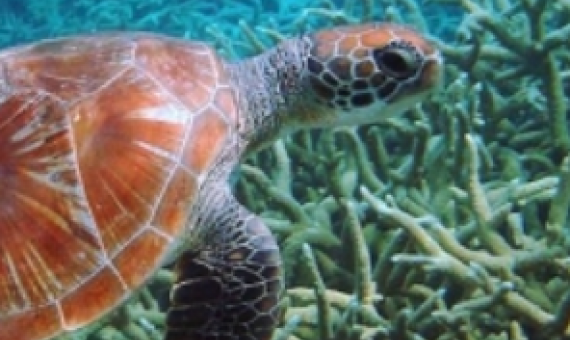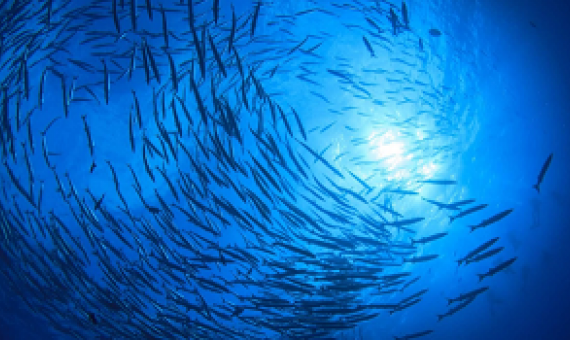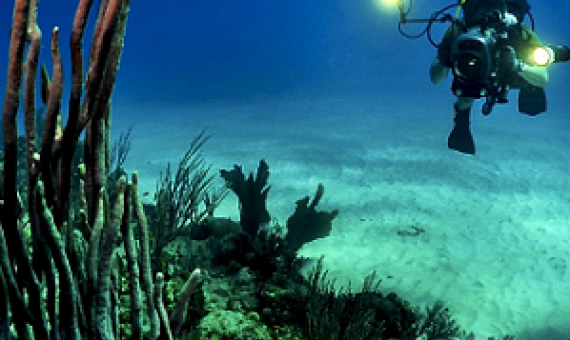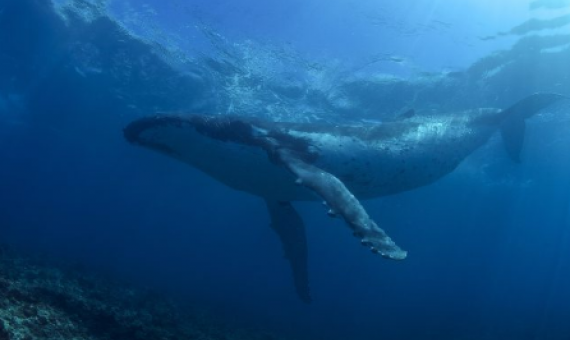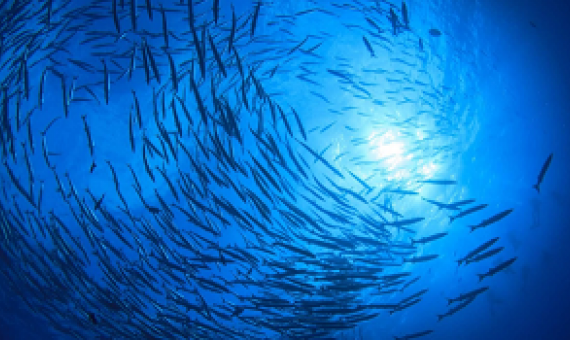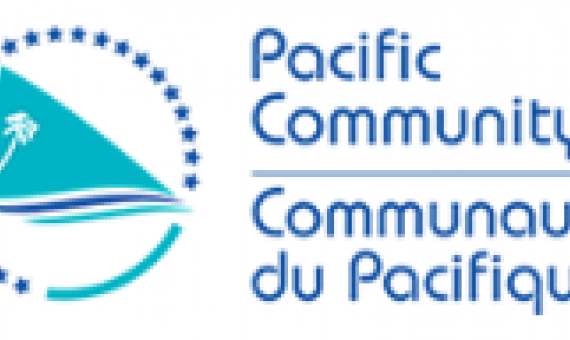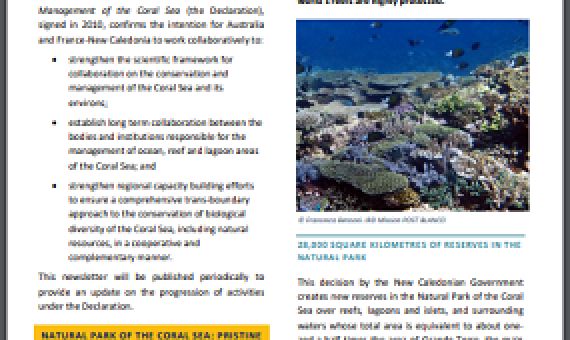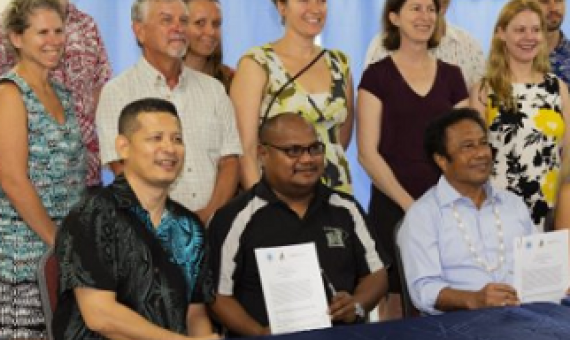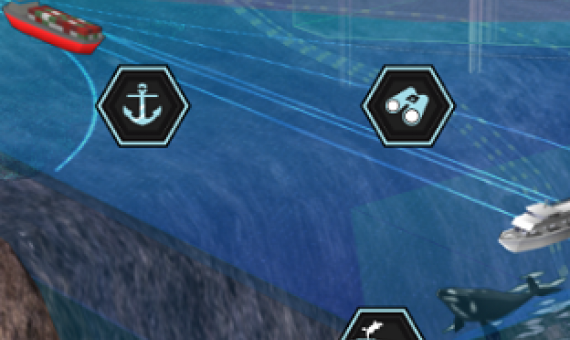A Cook Islands marine conservationist who received a global environmental award says she hopes it will bring more attention to protecting the Pacific Ocean. Click on the link below to read the full article.
The inaugural meeting of the Cook Islands turtle society, Te Ara O Te Onu, was held on Wednesday to discuss the protection and conservation of turtles and elect its executive. Click on the link below to read the full article.
Last year, Fisheries and Oceans Canada appointed an independent National Advisory Panel of experts to consult Canadians about marine protection standards. Following extensive consultations in all regions of the country, the Panel delivered its report to the Government on September 26, 2018.
Research published this week in Remote Sensing in Ecology and Conservation employs a new approach of combining two-dimensional and three-dimensional remotely sensed seascape models to more accurately identify complex reef structure, and the populations of fish living
Scientists have laid out a strategy to protect nearly a third of the world’s oceans by creating a massive network of sanctuaries. Click on the link below to read the full article.
At least 30% of international waters could soon form part of a protected global network of marine reserves to help save sea life from extinction. Click on the link below to read the full article.
The Pacific Community invites comprehensive proposals for the above consultancy. Click on the link below for further details.
Here is the Third Edition of the Australia and New Caledonia Coral Sea Newsletter, February 2019. Click on the link below to access the full newsletter.
The government of Palau is partnering with the Palau International Coral Reef Center (PICRC) and the Stanford Ocean Solutions to co-develop science-based policy recommendations and options supporting the implementation of the Palau National Marine Sanctuary (PNMS).
...the marine environment (temperature, pressure, salinity, light, nutrients, oxygen, currents, physical structures, etc.) and the species that inhabit it vary dramatically with depth.


